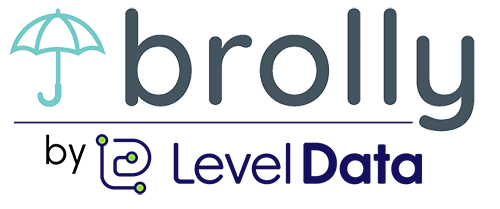Brolly Best Practices
How Communication Between Providers can Help Improve Services

We have all heard it before, communication is key. Whether at home, in the classroom, between adults, or with students - good communication skills are foundational to strong relationships.
It plays out all the time in schools. In one classroom a student is thriving. Across the hall they are falling asleep, and upstairs they are being removed for bad behavior. Administrators, teachers and providers can help alleviate these issues by taking the time to be diligent in their communications.
Here are four ways communication between providers can help improve services.

1. Understand which strategies are effective
With Brolly, users have visibility into the notes put in by other educators who work with the student (if this setting is turned on). This transparency helps educators gain insights into what strategies were implemented by a colleague. They can also understand how the student responded based on the progress toward their goal.
Providers can quickly identify when a student is seeing success with a certain approach. Then, they may decide to use a similar strategy when it’s their time to work with a student. Providers can offer more meaningful services when they know how a student learns best. Ultimately, they can better support the student in reaching their goals.
2. See progress toward goals in real time
Case managers may not be aware of a student’s progress until the annual IEP meeting. With Brolly, they can check on the status of their students’ goals and see how they are performing on benchmark assessments. Case managers can better prepare for IEP meetings with students, parents, and other stakeholders. They can also check in with students and providers and have data-driven conversations.
These mini meetings have the potential to get a student back on track if they are behind on meeting a goal or celebrate them for meeting their goals. Either way, it can turn into a meaningful conversation with a positive outcome.
3. Recognize when external circumstances are affecting schoolwork
You may have students that are not performing well because their minds are flooded with problems they are facing outside of school. If a provider is privy to this information, they can leave a note in the app so that other providers can be aware of student needs and circumstances.

A little goes a long way in knowing how to treat and respond to a student who may be going through a difficult time. Knowing about a student’s unique situation can improve a teacher’s approach when providing services, thus increasing the efficacy of the program.
4. Understand when absences are affecting progress
Just as unique circumstances can affect a student’s ability to learn, so can absences. With Brolly’s absence tracking, staff can see if student missed service minutes. They may decide a reteach is necessary if the student missed the chance to learn the material. Teachers and providers can also detect patterns or excessive absences. They can determine if there is a bigger issue surrounding the student and make the appropriate resources available.
Increasing Communication
Whether the communication involves information around progress toward an IEP goal, successful teaching strategies, unique circumstances, or absences, Brolly provides transparency into data that can help keep the lines of communication open. It can help you make data-driven, student-first decisions and improve the level of service your students are being provided.

